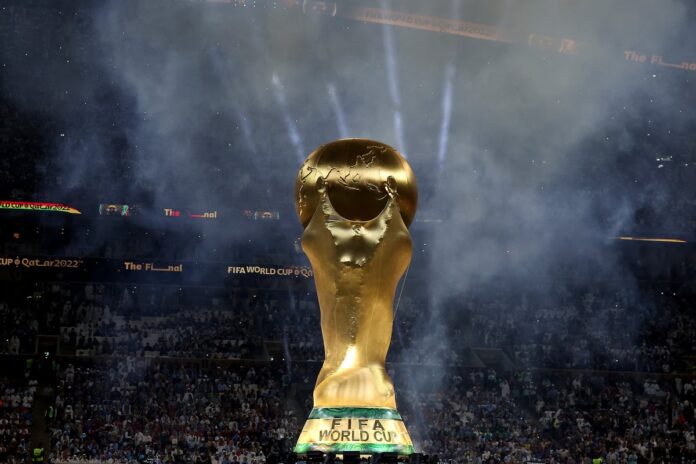As Thomas Tuchel finally enjoys space to drill England at their post-season camp in Girona, internal discussion has naturally turned to how the squad could do with a similar base for next summer’s World Cup. But it isn’t just that easy to decide…
The FA naturally want the best possible facilities, but that would probably require booking before December’s draw. The problem could then be that their base ends up well away from one of the three geographical zones in which they are placed – west, central or eastern. If they pick California, for example, they could then find themselves with fixtures in New Jersey, Boston and Toronto. As such, the current thinking is for a central location like Kansas. But it is still causing a few logistical headaches.
The physical fatigue may still be to come, along with a number of other issues.
While the absurd geographical size of “United 2026” has received some focus, and there has obviously been a lot of discussion about how Fifa president Gianni Infantino might be facilitating “the Maga World Cup”, there’s been less attention on the actual format.
The tournament expanded to 48 teams in 2017, before a 2023 decision to split those into 12 groups of four. The size of this World Cup is utterly unwieldy. Even spelling it out is an arduous task.
The entire tournament runs for almost six weeks, with the first 17 days devoted to those 12 groups. At the end of that, after which 72 of the 104 games will have been played, we will simply return to what the current World Cup is: 32 teams. The one bonus is that you then get an almost FA Cup-style tournament, with five knockout rounds.
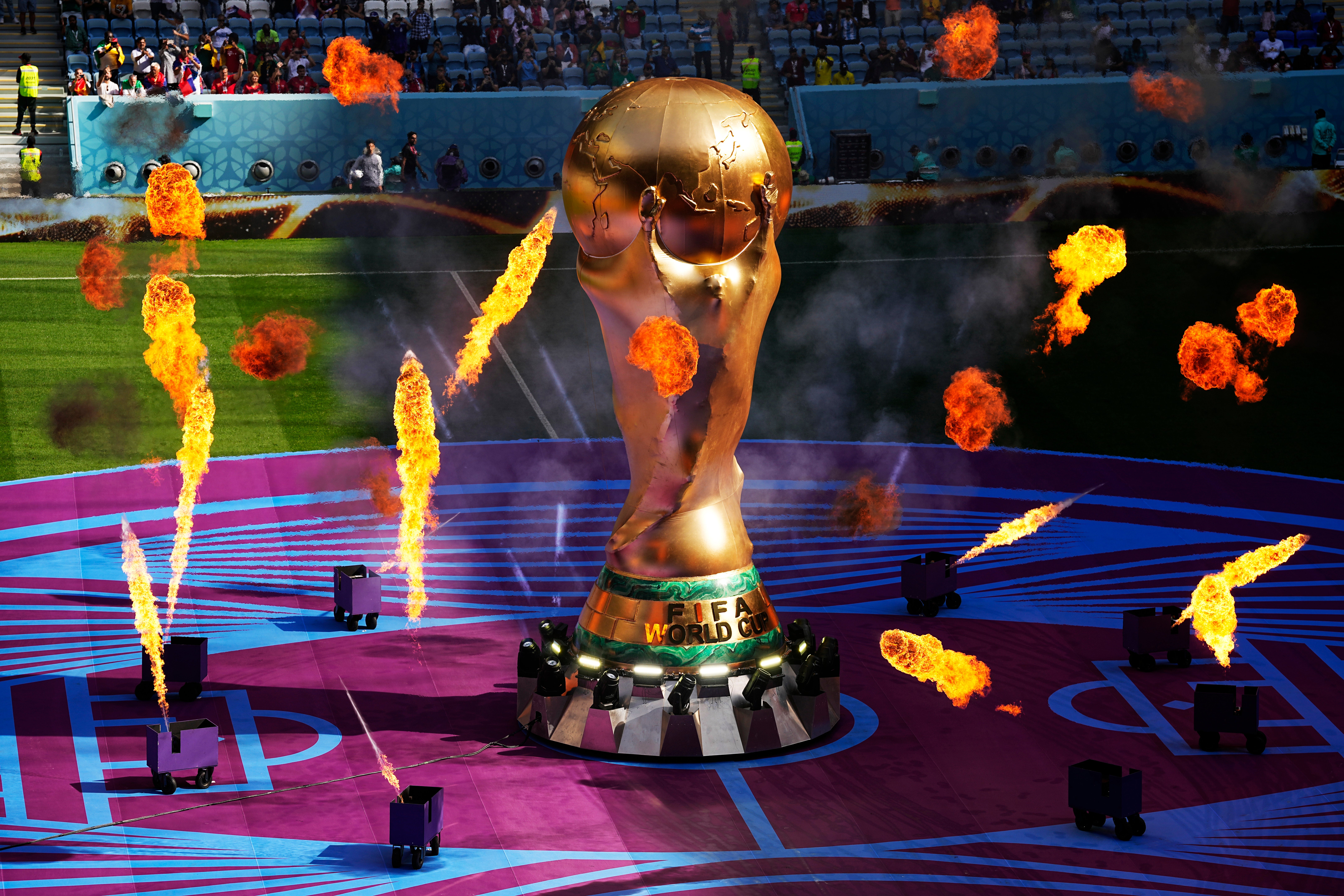
Before that, 70 per cent of the competition will be spent eliminating a third of the field. We even have a “Group L”, scheduled to feature games along the 2,000km expanse from Toronto to Arlington. This is beyond “bloated”.
The 2026 World Cup will feature almost a quarter of all Fifa’s 211 members.
It should be acknowledged that every single expansion since Uruguay 1930’s 13 teams received similar criticism. Smaller countries similarly point to the huge positive of the football booms they enjoy when they actually manage to qualify. Such moments genuinely aid the development and spread of the game.
That doesn’t mean there isn’t a limit though – and that’s in a few senses.
As senior figures in European football said when the expansion was announced, the 32-team format was “the perfect formula”.
There might have been political motivations behind such statements, but it’s still hard to argue with. A 32-team World Cup offered the optimum balance between concentration of quality and opportunity of qualification, which made all of it genuinely special.
Get 4 months free with ExpressVPN
Servers in 105 Countries
Superior Speeds
Works on all your devices
ADVERTISEMENT. If you sign up to this service we will earn commission. This revenue helps to fund journalism across The Independent.
Get 4 months free with ExpressVPN
Servers in 105 Countries
Superior Speeds
Works on all your devices
ADVERTISEMENT. If you sign up to this service we will earn commission. This revenue helps to fund journalism across The Independent.
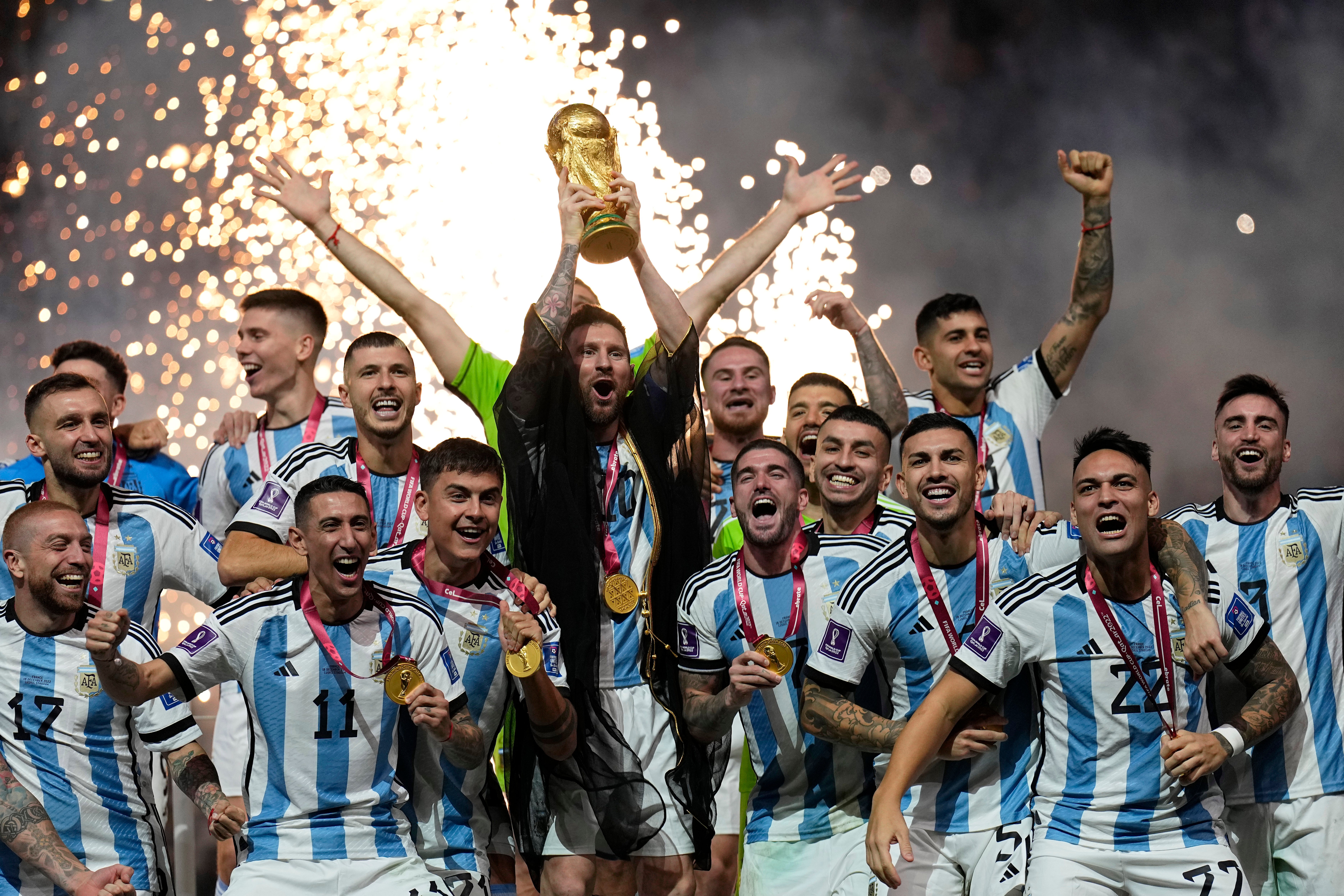
“Somehow,” one senior source laments, “Infantino has made football’s premium tournament worse. It’s going to be an absolute mess.”
Another stark reality is that you can never row back.
The European Club Association [ECA] immediately criticised Fifa for the expansion back in 2017, stating it was for “political reasons rather than sporting ones”. In other words, that Infantino was ensuring more votes by giving out more places at the game’s greatest show.
The Fifa president countered by stating that “football is more than Europe and South America”, but you can give other continents more places without expansion. The ECA’s stance is meanwhile unlikely to be quite as critical now, given that the leadership changed after the European Super League debacle, and the current hierarchy have worked with Infantino on the new Club World Cup.
Foreshadowing complaints about that tournament now, the ECA complained in 2017 that “stakeholders” had not been consulted. Now, countries are never going to vote for fewer opportunities to qualify… unless the profits drop off.
This is where this expansion plays into bigger issues than whether the 2026 World Cup actually works as a tournament. Even the congestion of the calendar is only the start of this.
There are so many moments in modern football, after all, where it feels like many of those who run it don’t truly understand it. You only have to look at the rise of so many meaningless games, or competitive games where everyone is shattered. The new Champions League is an obvious example, and has a knock-on effect. The 2024-25 season featured 153 goalless draws across the Premier League and all three EFL divisions, up from 112 the previous season. So much of the game is just more “content”.
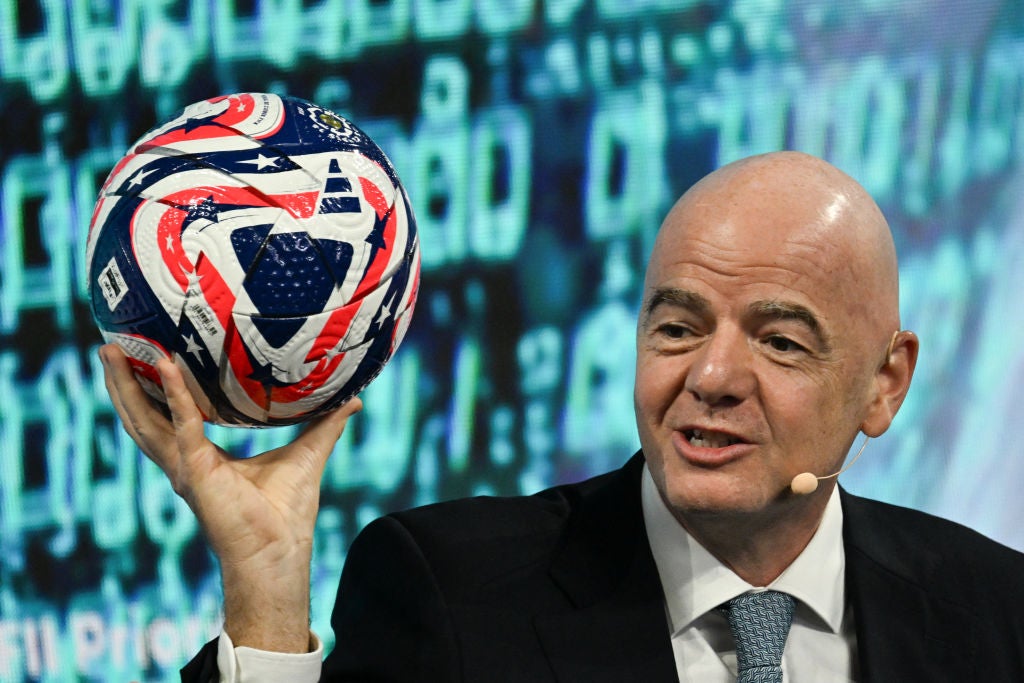
Even if you put everything in the language of the game’s decision-makers, which are commercial concerns, this looks like “saturation”.
By the same token, they don’t seem to realise you can’t really engineer epic games like Inter Milan v Barcelona in this season’s Champions League semi-finals or the 2022 World Cup final of France v Argentina. They evolve out of the stakes, and the intensity of the moment, that so many expansions and layered safety nets seem to work against.
An example comes from the planning for this very tournament. The original format was for the 48 teams to be split into 16 groups of three – taking us up to Group P. That was until Infantino belatedly realised, as late as the 2022 World Cup, that four-team groups actually worked well, describing them as “absolutely incredible”.
“Until the last minute of the last match you would not know who goes through,” Infantino exclaimed. “We have to at least re-discuss the format.”
What Infantino clearly didn’t discuss, however, was how 2022’s four-team groups only allowed two teams to qualify. That’s why they were so dramatic.
For 2026, since 48 have to be turned into 32, eight of 12 third-placed teams go through. This actively works against not knowing who is going through “until the last minute of the last match”. It just creates more matches without the most exacting stakes, exactly like the wider game.
It certainly saps energy from the World Cup’s opening stage, and there’s a genuine danger everyone will be fatigued by the quarter-finals. That would mirror the sport as a whole in 2025, where it often feels like there’s football every night. Barcelona’s Frenkie de Jong spoke this season of how “the anticipation disappears”.
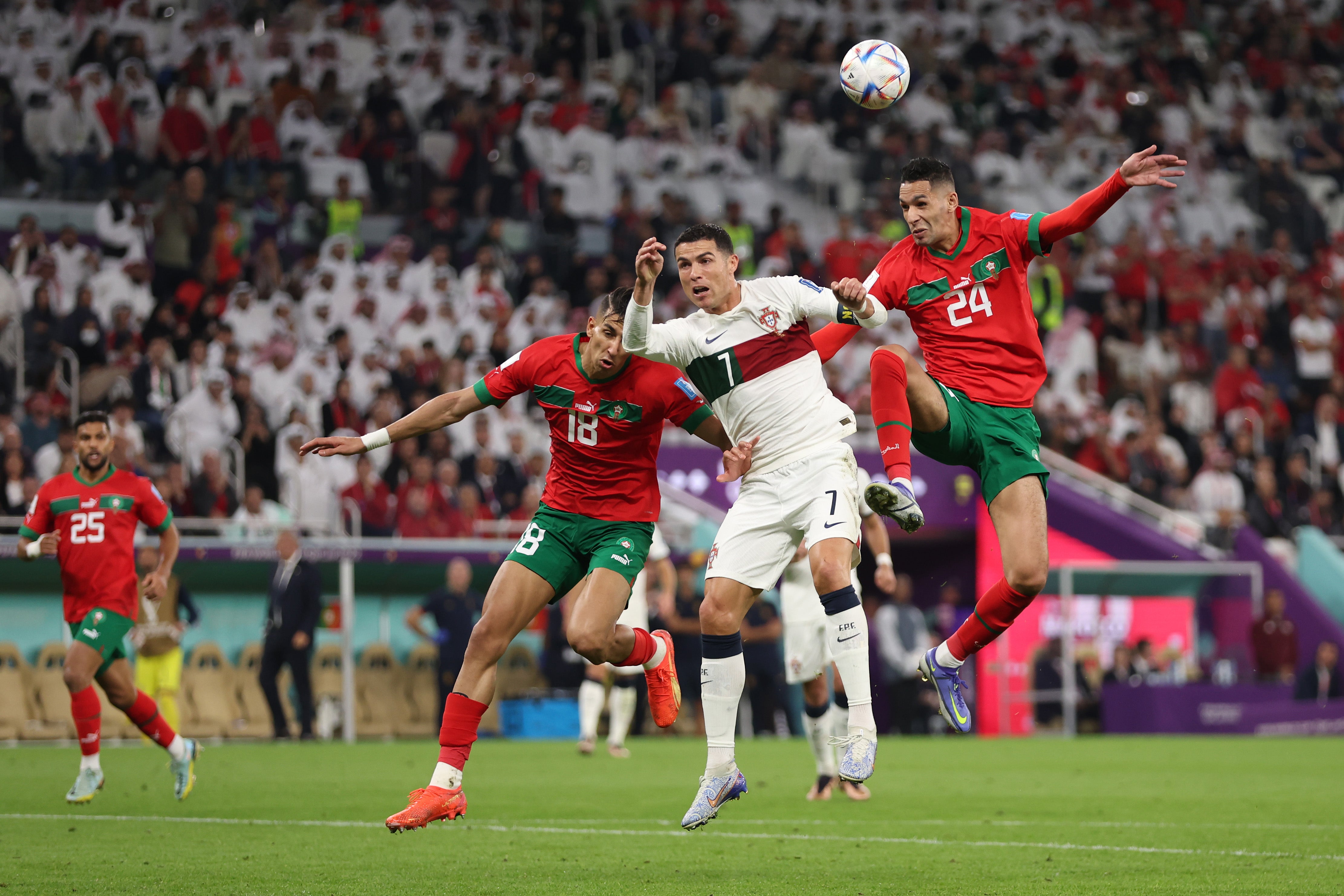
“When I was young, you looked forward to a European match or international match for days,” said De Jong. “Now you only have to turn on the TV and there is a match somewhere. They are commercially milking football.”
Some football industry figures who research this are now openly comparing the situation to Disney, and how profits per film are starting to fall. Upon buying franchises like Marvel and Star Wars, Disney initially came up with a very successful strategy, that worked well with fans.
The response to this was to make even more films, that were bigger and more frequent, but consequently without the same sense of event. The market was flooded. There were too many films, with too many narrative convolutions. Disney CEO Bob Iger even complained about how the explosion of content “diluted focus and attention” for the brand.
The comparison is all the more pointed given how so many major club executives, from Barcelona to Manchester City, say that football’s true competitors are film studios like Disney.
Real Madrid CEO Jose Angel Sanchez made it clear. “Disney is a content producer, and we’re another content producer,” he explained.
Except, there’s no “content” like a properly competitive game. Next year’s World Cup might prove to be the ultimate example of how football overlooks this.
You can sign up to DAZN to watch every Club World Cup game for free
















